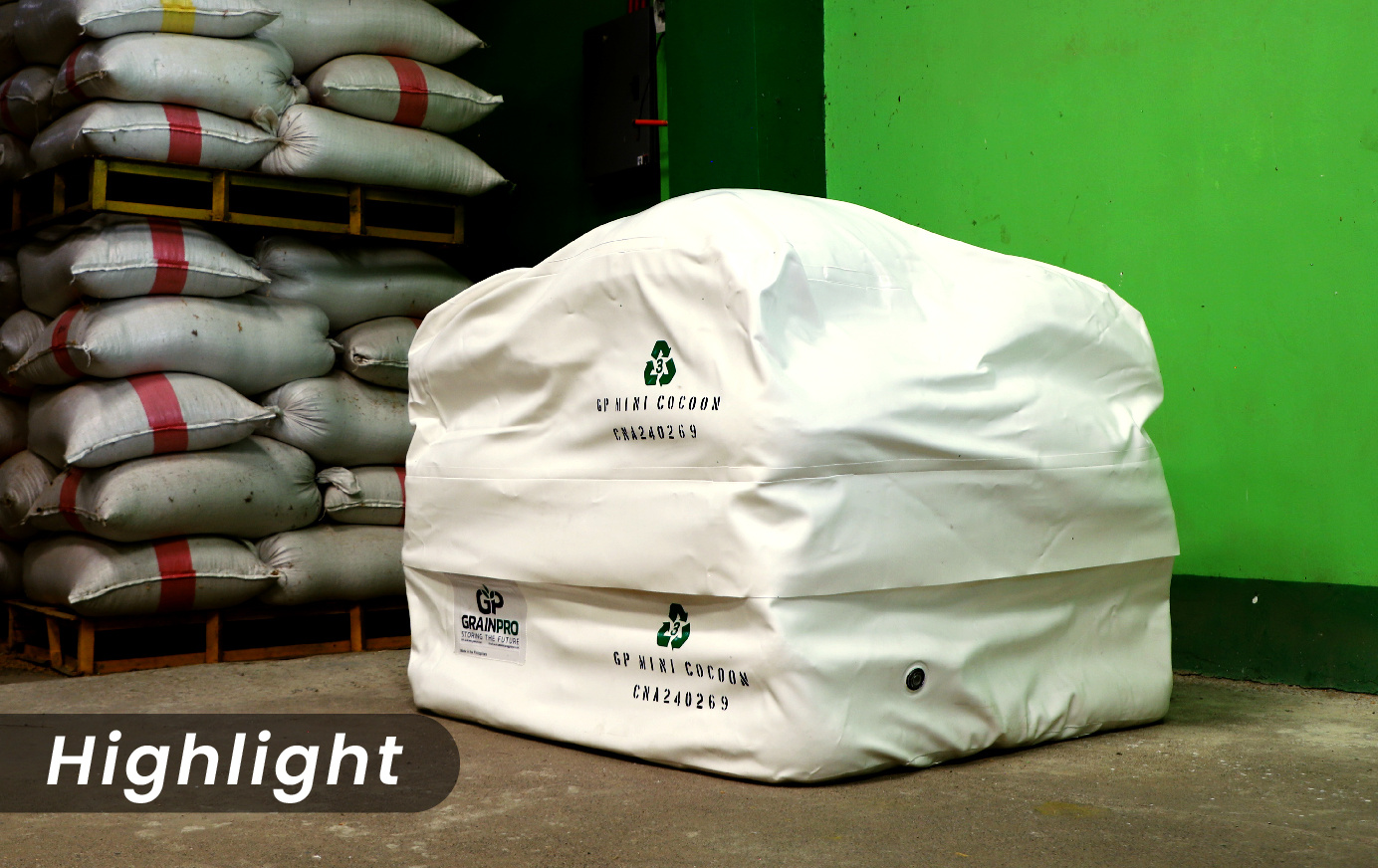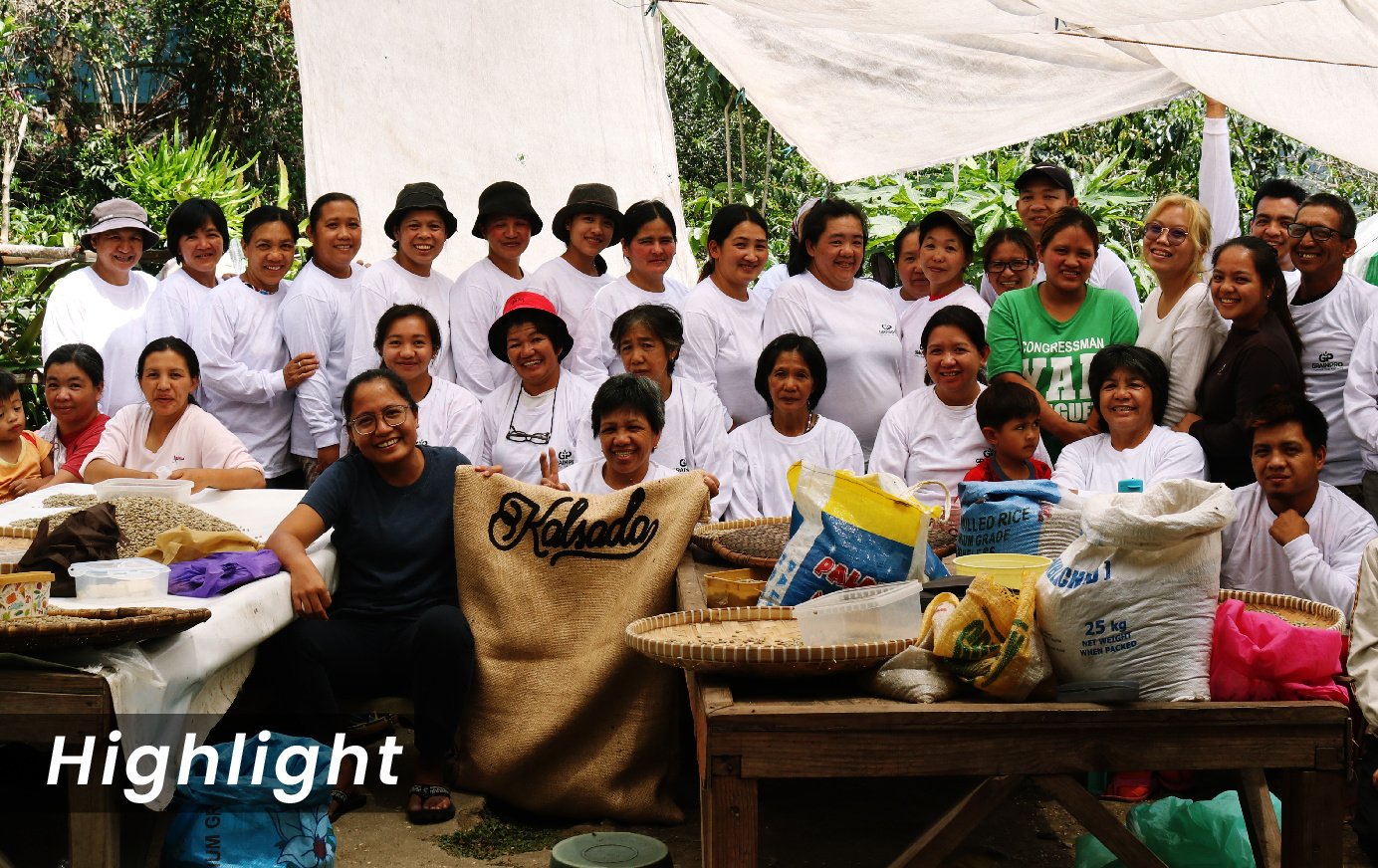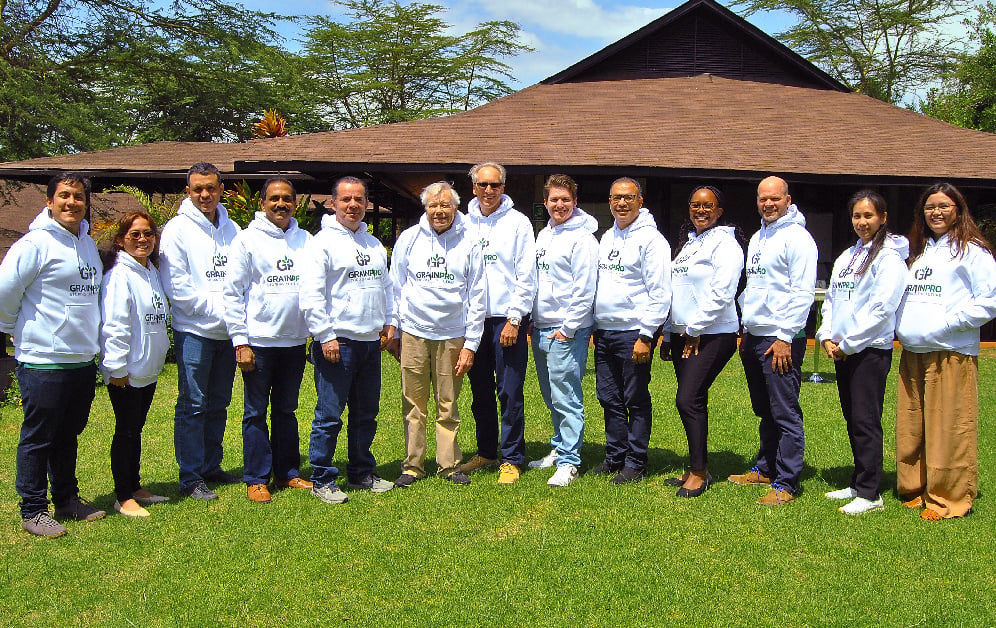When it comes to specialty coffee,
Many consumers seeking high-quality coffee have acquired a taste for this kind of coffee. The majority of top-rated quality restaurants in the US actually cater to the acquired taste of deadened generic woodiness coated with dark-roasted caramel and carbon flavoring. From a business standpoint, this is a profitable course of action. After all, consumers won’t know the difference.
Coffee doesn’t just magically teleport itself from the farm to your cup. It takes a long time for coffee from remote villages in Asia, Africa, or Latin America to arrive in the US. For example, bags of coffee from Guatemala that are shipped out to specialty coffee houses in Australia and Asia take months to arrive, often spending long layovers at Middle Eastern seaports.
But that’s only half the story.
Coffee is traditionally packed in burlap or jute bags, and it doesn’t take long for the beans to absorb the undesirable taste of these bags. By the time the bags reach their destination, they may be infested, caked with mold, and have developed a moldy taste from the long exposure to the jute bags.
George Howell, a pioneer of the specialty coffee movement in the US in the early 1970s and a recipient of the Specialty Coffee Association of America Lifetime Achievement Award, sums it all up:
"Green coffee is shipped and stored in woven jute or sisal bags, which have been coated with petroleum-based batching oils to increase fiber yield and facilitate the spinning process. Green coffee is traditionally kept in these bags for the year or more it takes to go through them (fine coffee is harvested once a year). And so, the green coffee devolved – exposed to oxygen, changes in the environment, and to the bags themselves.”
Howell recommends packing coffee beans in hermetically sealed bags to prevent the evaporation of the aromatic oils that give it its unique aroma and flavor. Second, it prevents coffee from coming into contact with the jute bags, thus, preventing coffee from absorbing the foul odors caught in the bags. Finally, a hermetically-sealed bag protects the beans against the exchange of air and moisture to stop the infestation and fungal contamination.
It was a losing battle until the coffee industry came to discover hermetic liner bags. This simple innovation, which was initially developed in 2002, has helped protect both the
“In coffee growing areas prone to weather volatility, parchment storage in GrainPro® bags is critical to maintaining quality,” explained Caravela Coffee—an international coffee trader with offices in the US, UK, and Australia.
“Without this extra layer, green beans can re-humidify, undoing the stability achieved in the drying process, thereby reducing the coffee’s shelf life.”
Meanwhile, in Australia, Dominic Majdandzic of White Horse Coffee in Sydney went as far as saying that the GrainPro Bag is the greatest advancement in coffee. “These humble bags not only maintain the freshness and integrity of the coffee, but they also increase the longevity of coffee by up to four times,” revealed Dominic in his blog article.
This innovation is also a good solution for the safe and chemical-free preservation of other staple food grains and seeds, and high-value commodities. These bags are widely used for rice from Southeast Asia, spices from India, maize from Africa, and cacao from Latin America.
With the high demand for coffee, the ability to protect both quality and quantity is allowing everyone to experience coffee in its original and uncontaminated state. hermetic liner bags such as the GrainPro® Bags are leading the way in a winning war against undesirable and baggy flavors, ultimately, to the benefit of everyone who loves coffee.
To learn more about better post-harvest solutions for your coffee beans, click below.
Date Published: October 2, 2018





